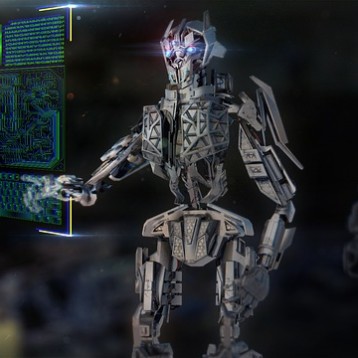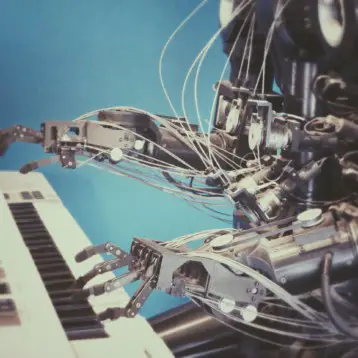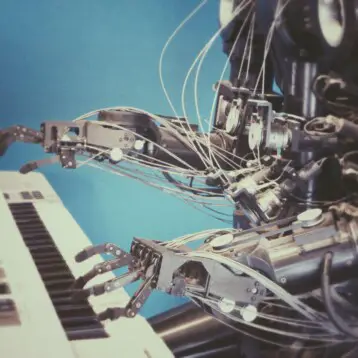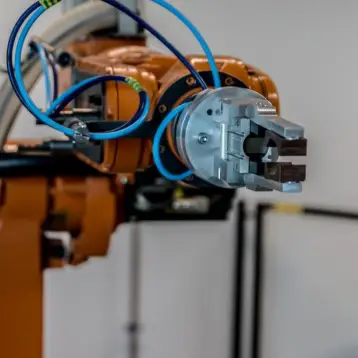|
Robofish is a painted plaster model of a three spined stickleback fish created by John Dyer, Dr. Dean Waters, and Natalie Holt. With the addition of an acetate fin and painted markings designed to mimic the real fish, the robot is indistinguishable from a real fish to human eyes. In tests run by Ph.D. student JolyonFaria, the Robofish also fooled real fish in laboratory tanks.
A clear tube with a magnet on the end extends down from the body of the fish. The magnet sits at the bottom of the tank. Another magnet attached to a motor and placed on the outer side of the bottom glass controls the movement of the robot. Faria used the magnets in predetermined paths at a slightly faster than normal rate of speed, making the Robofish appear bold and decisive to other fish. Those other fish fell in behind and began to follow the robotic fish even as it made turns, at least until they got used to the strange surroundings of the tank and began to explore on their own.
The experiments showed that the other fish would follow the robotic fish as it made 90-degree turns. Further, the fish immediately behind the Robofish always turns before the other followers, regardless of the distance between different fish at the time the leader turned. This contradicts one of the basic assumptions of group dynamics – that the proximity of each of the members of a group determines whether the group will follow the movements of its leader or break up into individual actions.
TFOT has previously reported on a variety of other robotic fish, including the GhostSwimmer spy vehicle developed for the United States Navy based on the Bluefin tuna, the Airacuda pneumatic robot based on the barracuda, and the AirJelly robot designed to fly through the air using the same mechanisms jellyfish use to move through the water.
Read more about Robofish in this University of Leeds press release.











